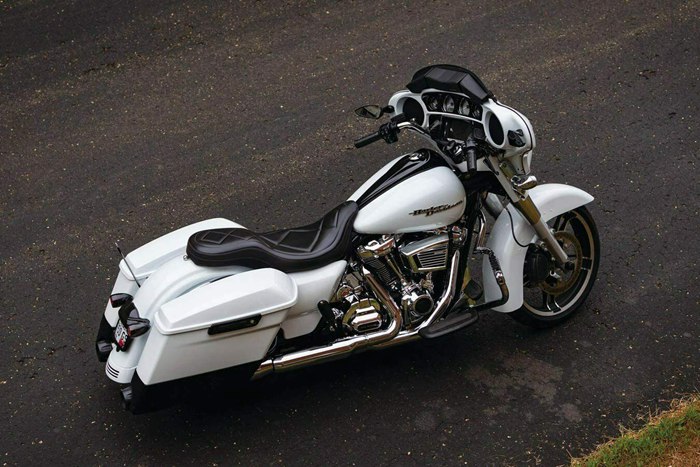For both manufacturers and motorbike riders, it is important to maximize fuel efficiency and optimize range. A number of strategies used in Motorcycle Tank designs that cover aerodynamic considerations, fuel injection technology, or capacity adjustments are therefore adopted to achieve this goal. Manufacturers balance between fuel economy and performance as well as aesthetics to create tanks which are able to provide efficiency comfort together with riding experience.
Aerodynamic design considerations play an essential role in optimizing fuel efficiency and range in motorcycle tanks. For instance, streamlined shapes and contours minimize drag making motorcycles cut through the air more easily so that they require less fuel to maintain their speeds. tank designs may be improved by manufacturers using wind tunnel testing and computational fluid dynamics (CFD) simulations thereby minimizing air resistance and maximizing fuel economy without negatively affecting performance nor aesthetics.

Fuel injection technology is another key factor in improving fuel efficiency of motorcycle tanks. The modern bikes come with electronic fuel injections systems which help regulate the amount of petrol delivered into the engine hence increasing combustion efficiency, thus reducing consumption on petroleum products. Advanced fuel injection may alter ratios due to parameters like throttle position, engine load among others, which means every kind of ride can be achieved with optimal performance whilst being economical.
Capacity adjustments help also these motorcycles’ tanks function efficiently as far as fuel usage is concerned. Manufacturers must find a fine line between tank size and weight such that it creates a good balance between excellent handling plus aesthetics while at the same time getting the most mileage without refilling along the route. In terms of touring for long-distance or commuting larger ones will take longer before you refill them again while low volume ones make both movement easier because they have less mass thus very suitable for sports natured use.
Furthermore, these producers employ advanced materials as well as construction techniques when striking equilibrium between combustible rate against performance plus design aspects further achieving functional yet aesthetical tanks. Lightweight materials like aluminum alloys and composites provide strength and durability at the expense of less weight. Attractive designs that are aerodynamically effective improve the look of motorcycle tanks contributing to overall excellence of a motorbike while reducing wind turbulence.
To maximize fuel efficiency and optimize range in motorcycle tanks is therefore a multidimensional concept which takes into account aerodynamic design considerations, fuel injection technology as well as capacity adjustments. In order to achieve this delicate balance between fuel economy, performance and aesthetics, manufacturers adopt advanced material usage and construction techniques by incorporating them into their tank designs to make them efficient but attractive at the same time. This way, bikers can travel further without having to buy petrol so often while constructors do not cease developing new ideas on how to make their tanks more innovative.